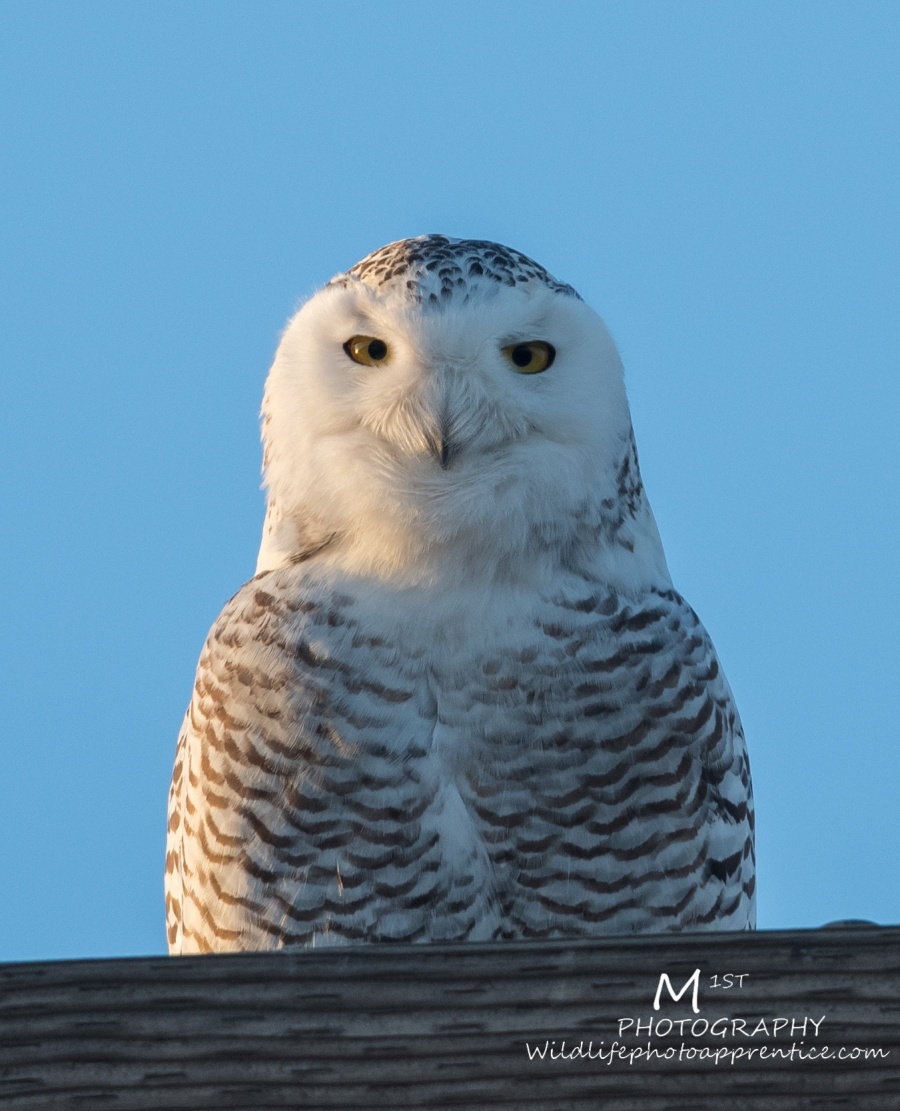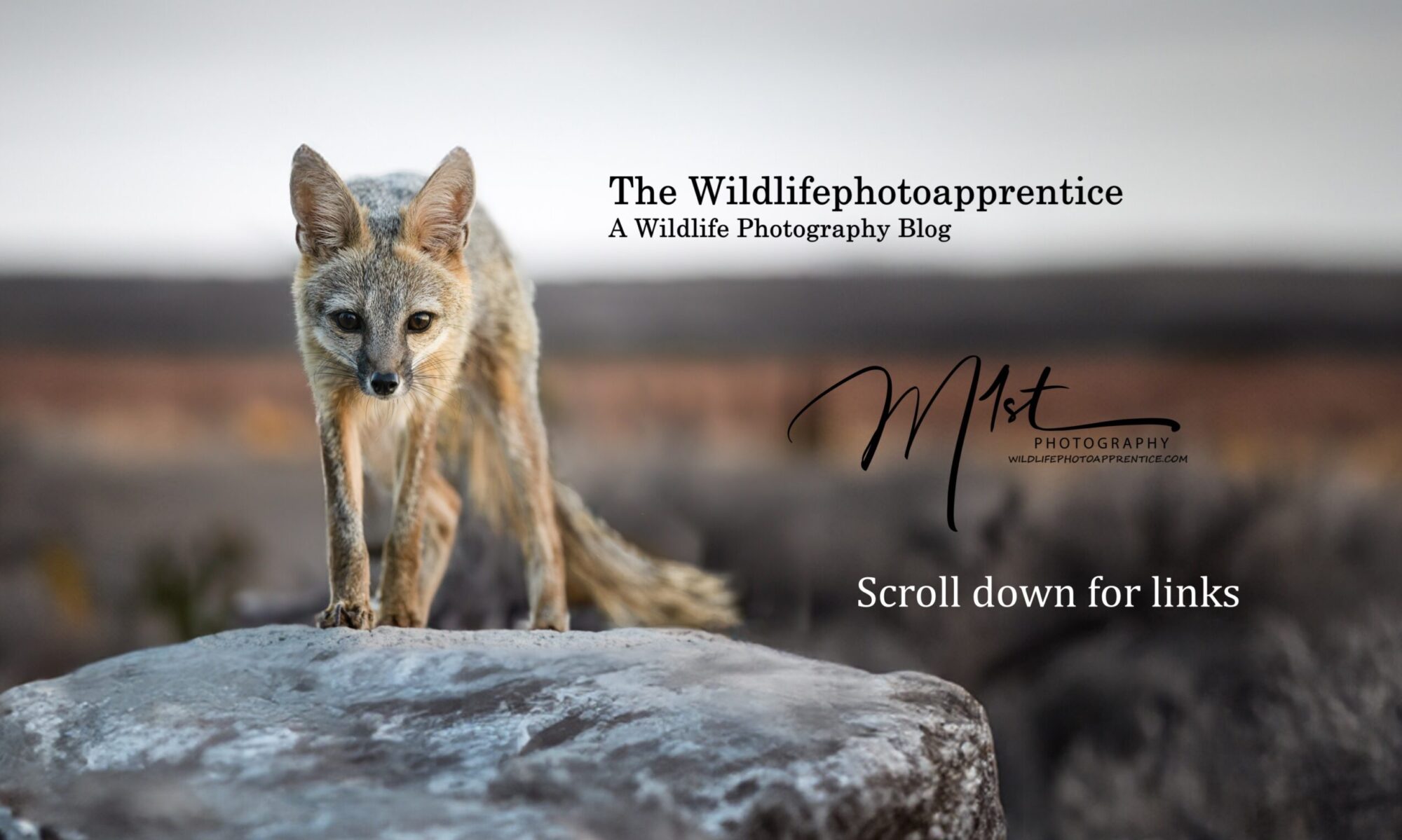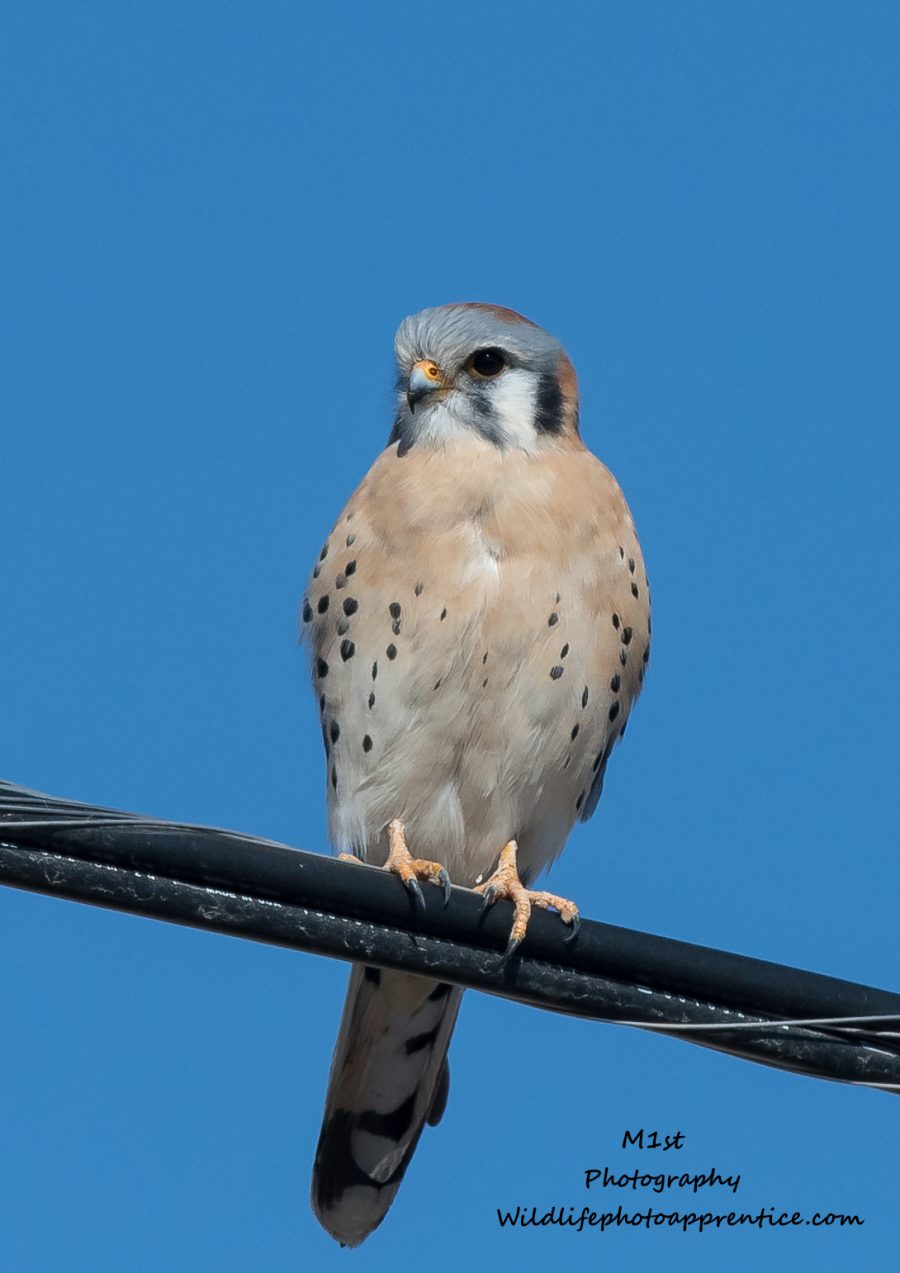It doesn’t often snow in West Texas, but strange things happen, and if you live long enough you’ll see some of them. In the winter of 2017, we had an unusual visitor, a Snowy Owl in West Texas. In early December I was out with another photographer at our local wildlife preserve taking photos of birds when he told me his daughter had seen a large white owl in the parking lot of their church the day before. I told him it was most likely a barn owl as they are native to the area and can be white or very light in color. When he pulled out his phone and showed me a video she had taken I could hardly believe what I was seeing. To my disbelief, the video showed a large Snowy Owl.



